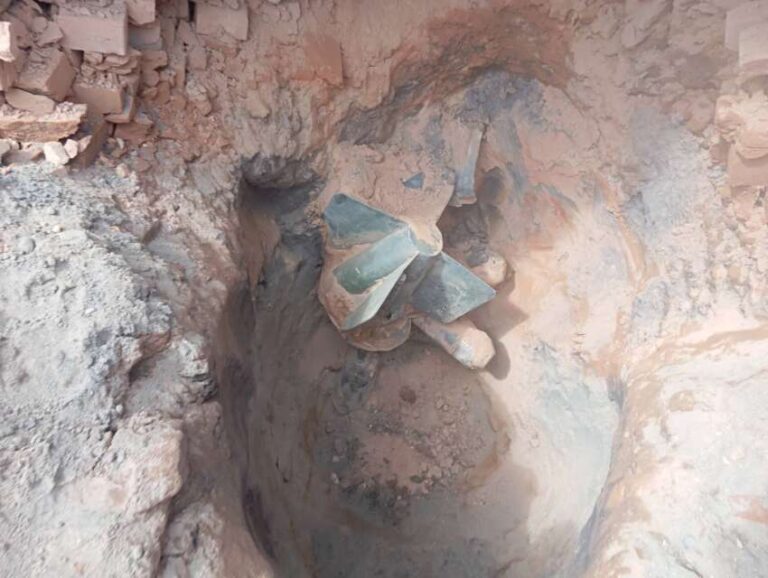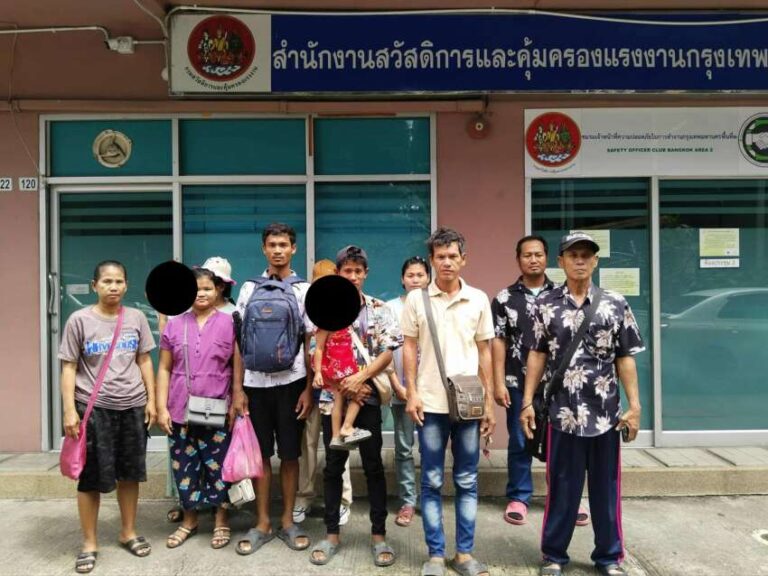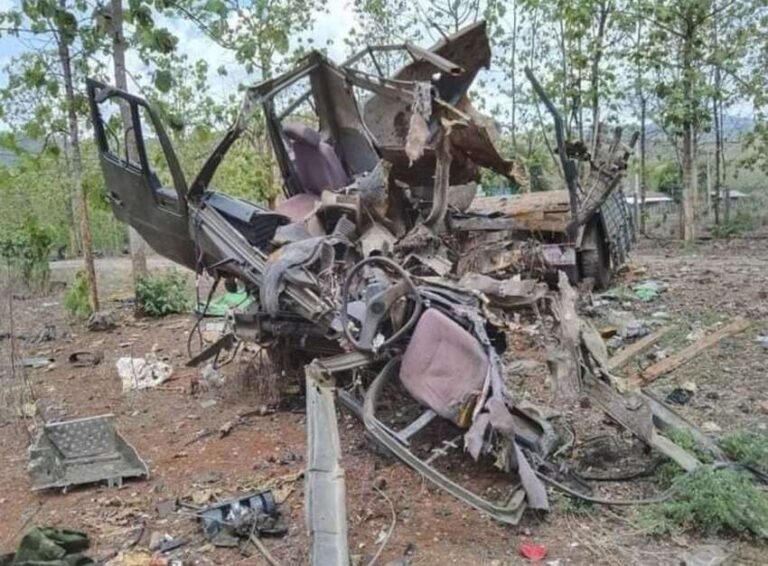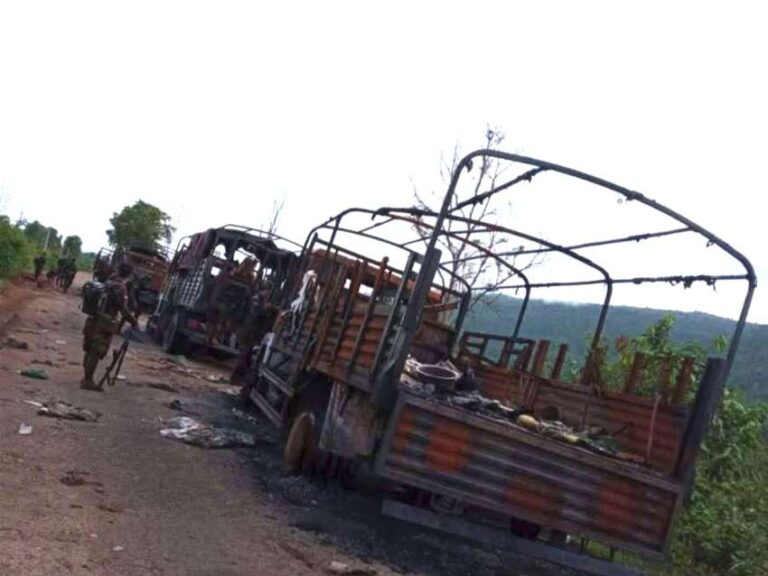
On August 24th around 9 AM, military drones launched an attack targeting Ta’ang National Liberation Army (TNLA) camps, but their bombs struck the historic Goke Hteik Bridge instead. The bombing caused significant damage to the bridge’s brick walls and steel frame connections. After destroying the bridge with their own drone strikes, the military council accused the TNLA and People’s Defense Force (PDF) of mining and destroying the structure, with military spokesperson Zaw Min Tun threatening severe retaliation.
Zaw Min Tun claimed the Goke Hteik Bridge is a historically significant structure connecting northern Shan State to central Myanmar, built during the British colonial period. He emphasized its national importance and widespread public use, attempting to frame the damage as an attack by TNLA and PDF forces against civilian infrastructure. However, TNLA spokesperson Tar Aik Kyaw firmly denied these accusations, confirming that it was the military council’s own drone strikes that damaged the bridge. He explained that while the military drones were targeting TNLA positions, their bombs missed and hit the bridge instead.
The Goke Hteik Bridge is located on the Mandalay-Lashio railway line, approximately 7 miles from Naung Cho station. Construction began in 1899 and was completed in 1900, though it didn’t enter service until 1903. Built during the British colonial period, the bridge spans two deep gorges in the Goke Hteik region, each over 300 feet deep. The bridge measures 2,260 feet in length and stands 1,100 feet above the water level of the small stream below. Its construction required 4,311 tons of iron and steel, along with over one million rivets. The bridge’s structure consists of ten 120-foot spans and sixteen 60-foot spans supported by sixteen steel pillars, representing a remarkable feat of engineering for its time.
The bridge has served as a crucial transportation link for over a century, facilitating both rail traffic and connecting communities across the challenging terrain of Shan State. The military council’s attack on this vital piece of infrastructure, followed by their attempts to shift blame to resistance forces, demonstrates their continued pattern of destroying civilian infrastructure while attempting to maintain a narrative that portrays resistance forces as responsible for such destruction. The incident has raised serious concerns about the military’s indiscriminate use of drone strikes and their impact on civilian infrastructure, as well as their deliberate strategy of damaging critical transportation links while attempting to blame resistance forces for such actions.



